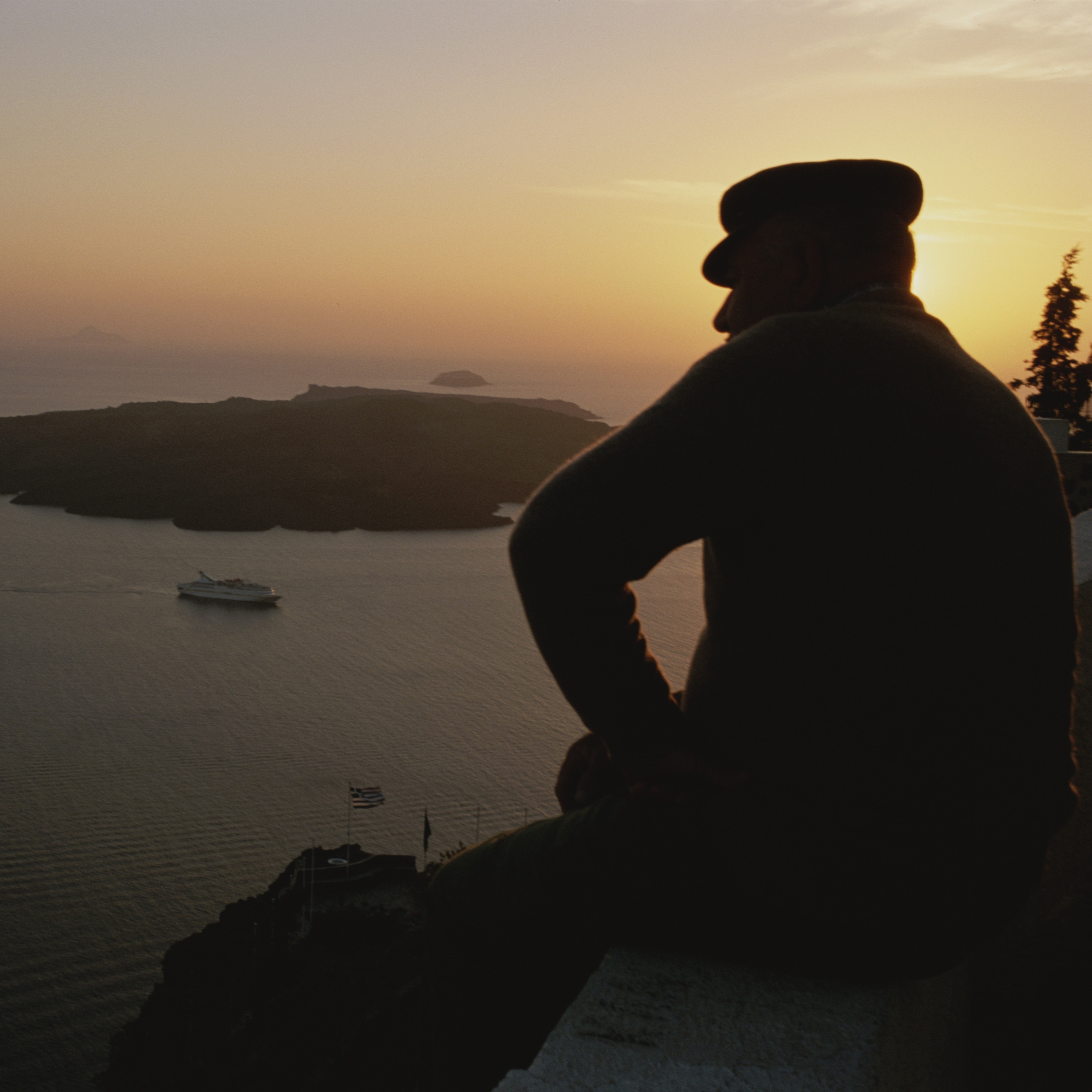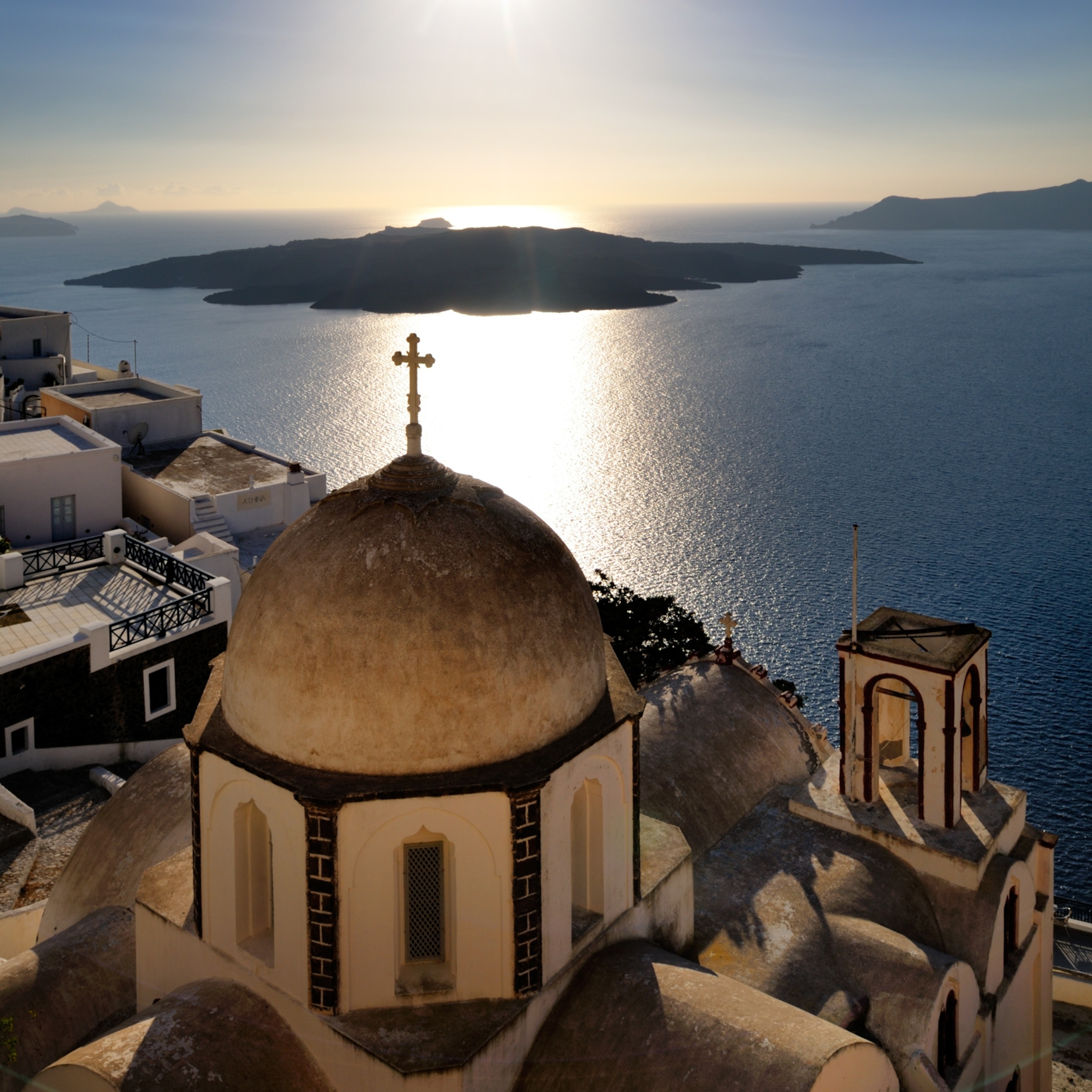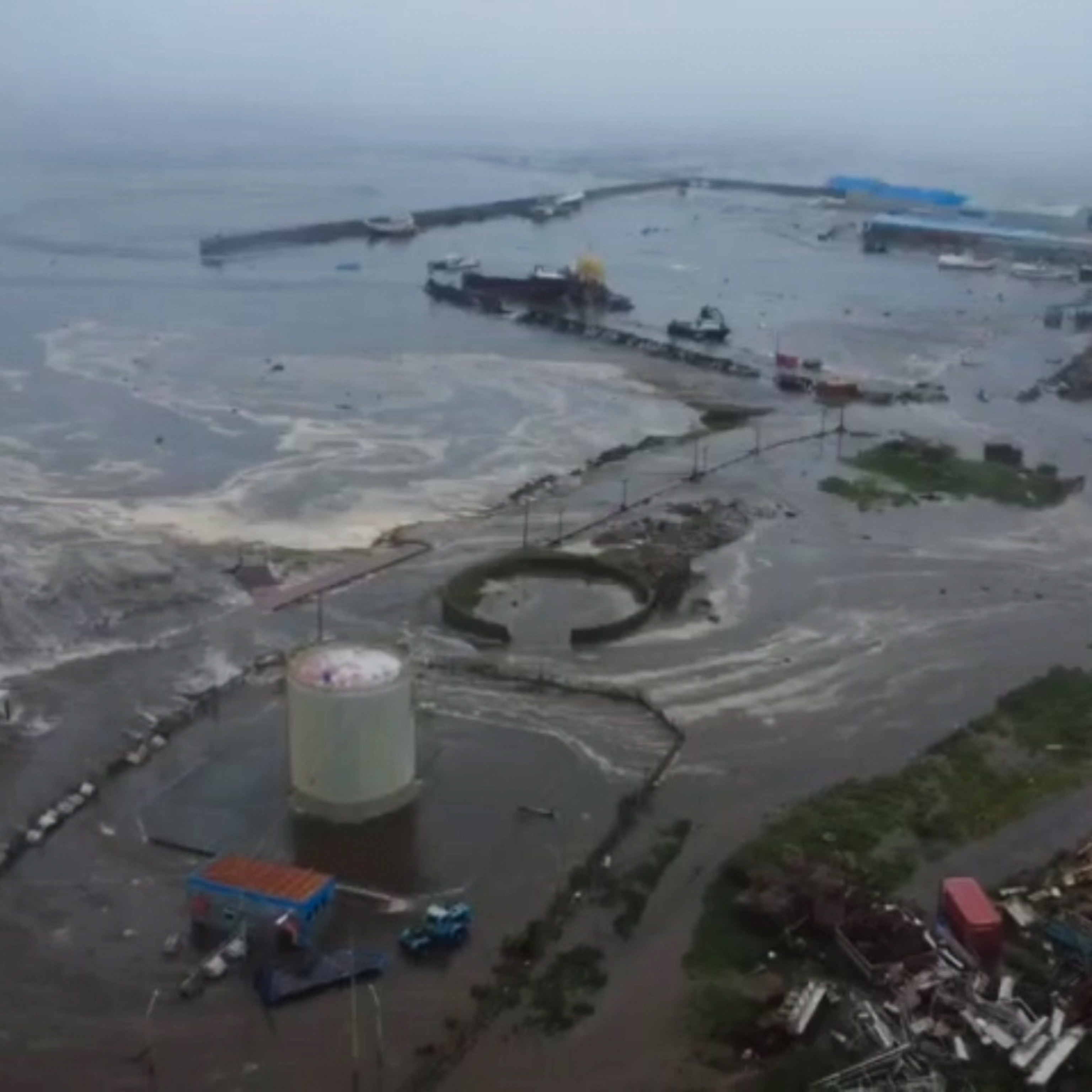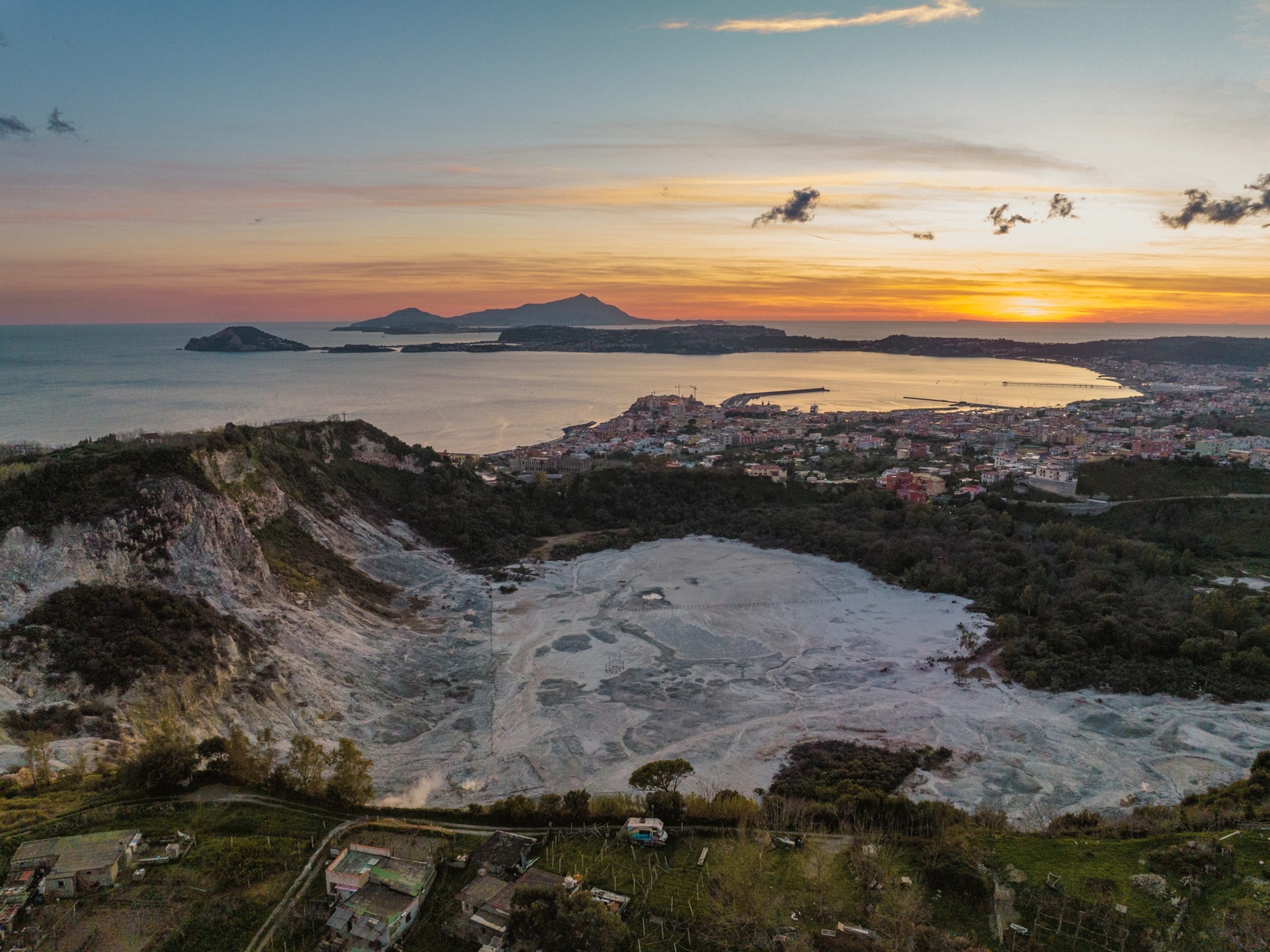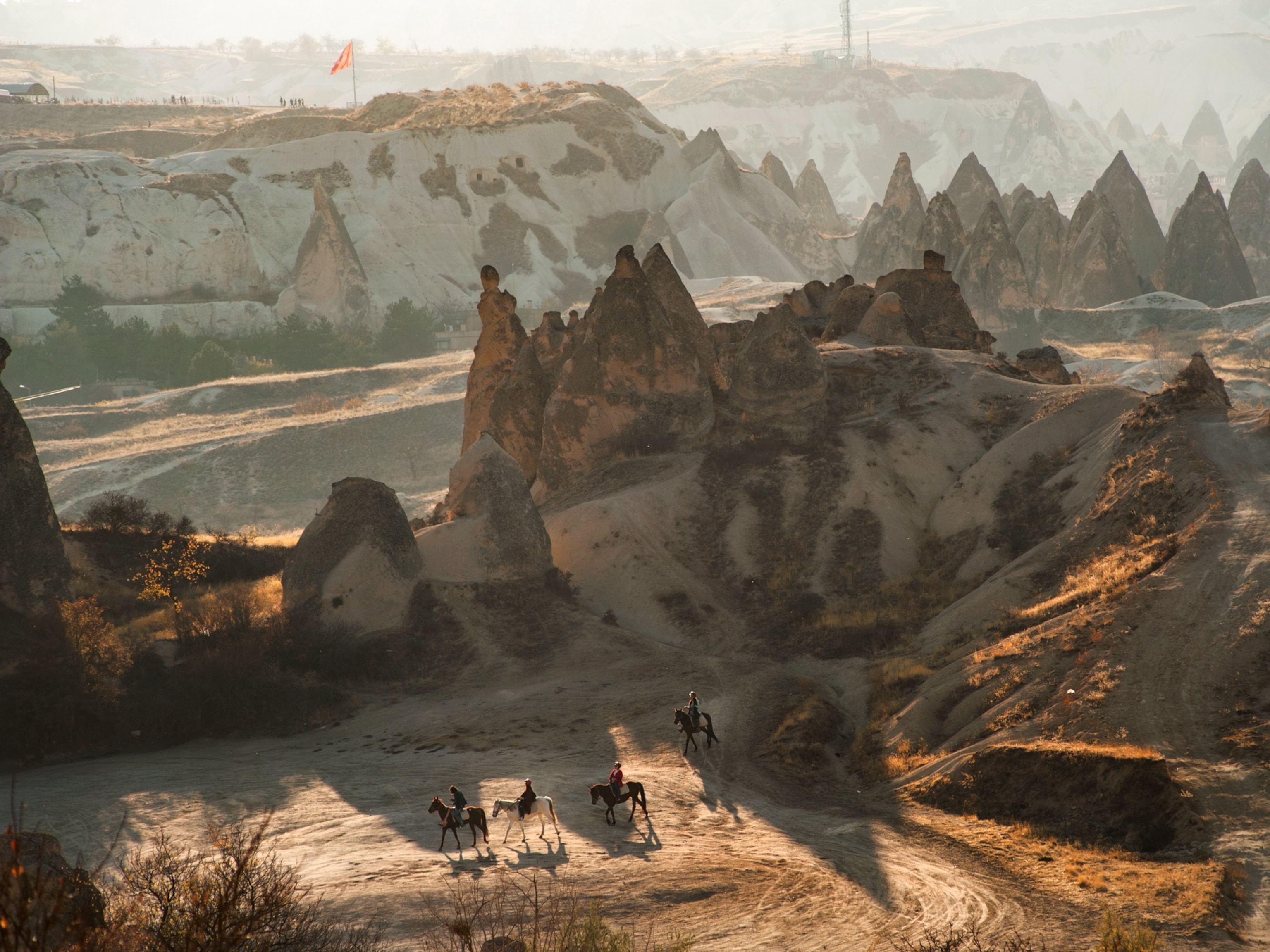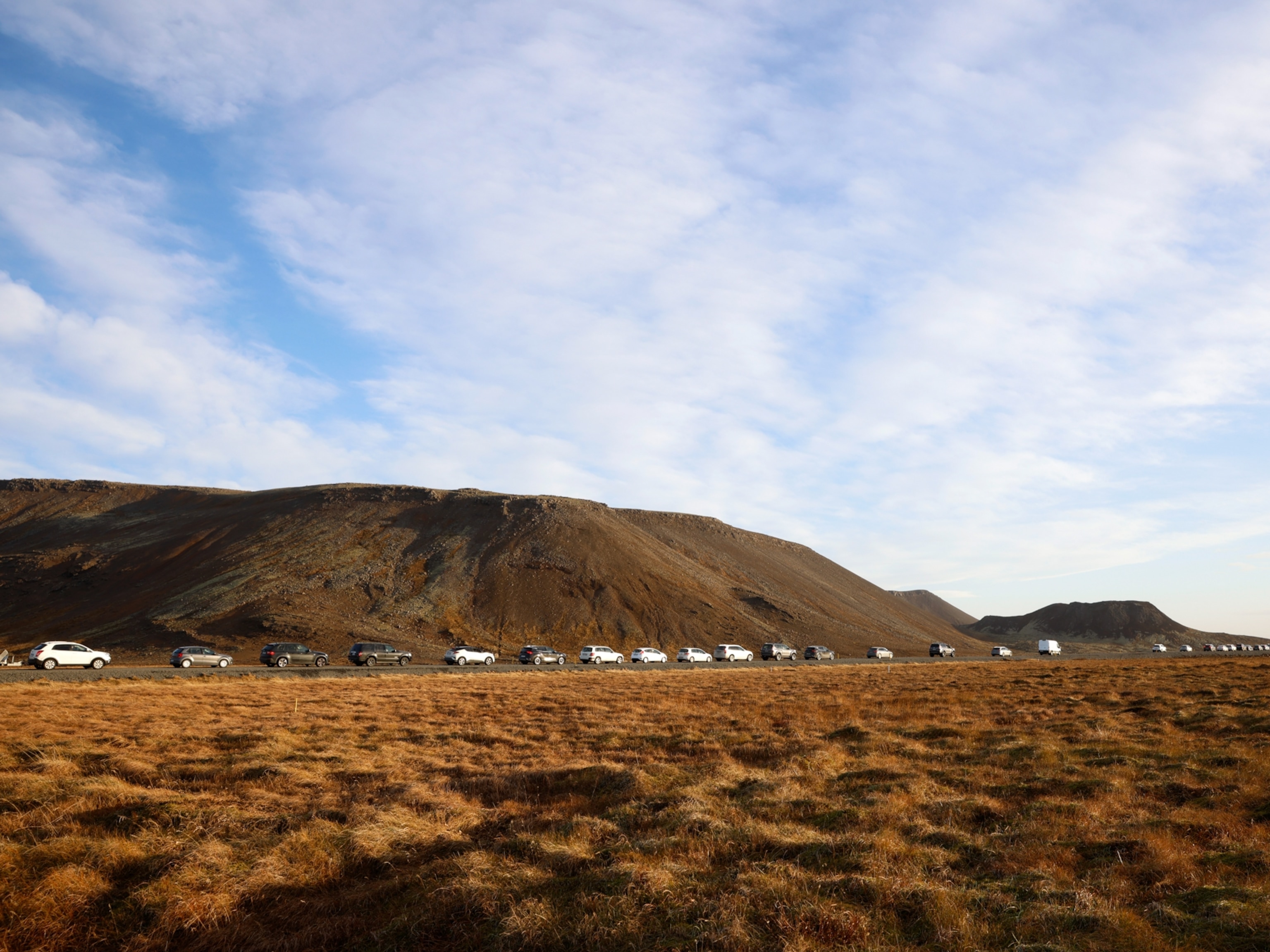
These are the most dangerous U.S. volcanoes, scientists say
The first update to government rankings since 2005 uses multiple factors to reveal the potential severity of impacts from future eruptions.
In the wake of its recent fiery rampage, it's perhaps no surprise that Kīlauea in Hawaii tops the list as the most dangerous volcano in the U.S., according to newly released rankings from the U.S. Geological Survey. Washington's Mount St. Helens and Mount Rainier round out the top three slots.
The new volcano threat assessment is an update to a 2005 report that determined the greatest risks based on the potential for eruption and human impacts. To be clear, the report does not forecast the volcanoes most likely to erupt—it is merely a ranking of the “potential severity of impacts” of future hypothetical eruptions.
“The threat articulated in this report is the same threat that was there a week ago,” says Ben Andrews, the director of the Smithsonian's Global Volcanism Program. “It's maybe just a little better described here.”
Such rankings provide vital information so that the USGS and other organizations can determine which volcanoes deserve the most attention for research, monitoring, emergency planning, and funding. By doing so, these groups can more effectively help local communities react to future eruptions.
“It's so critical,” volcanologist Janine Krippner of Concord University says of the report. Volcanology funding is limited, she notes, so the ranking helps scientists and government officials home in on the biggest dangers and try to avert disaster.
“Volcanoes tend to give us warning before they erupt,” Krippner says. “But if we're not listening, we'll miss it.”
How volcanic is the United States?
The United States is one of the most volcanic countries in the world, boasting more than 10 percent of the planet's active or potentially active volcanoes. The latest report identifies 161 volcanoes of concern, the majority of which cluster along the nation's western coast through California, Washington, Oregon, and Alaska.
This intense activity is driven by the underlying collision of tectonic plates, where the denser oceanic plate is being shoved beneath the North American continental plate. As the ocean slab plunges deep into the planet, temperatures and pressures climb, causing water to escape. The presence of water reduces the melting point of the rocks overhead, forming magma. If that molten material makes it to the surface, a formerly quiescent peak can burst to life in an eruption. (Here's what may happen when Earth's plate tectonics stop.)
But the West Coast isn't the only place in the country with potential for volcanic activity. Though they're placed at a much lower threat level, volcanoes in Arizona, Colorado, and Utah also make the list.
“The reason why they are there is much debated,” Adam Kent, a volcanologist at Oregon State University, says of these interior volcanoes. They could be powered by hotspots, where an underlying plume of magma lurks. This is the mechanism behind the Hawaiian island chain, which formed as its tectonic plate crept over a largely stationary plume. Kent likens the process to a conveyor belt moving over a blowtorch.
A volcanic hotspot is also the explanation for the infamous Yellowstone caldera, which ranks just 21 on the new list. Though its supervolcano status has sparked a lot of bluster over the years, it's unlikely it will erupt anytime soon.
“I want to emphasize this in bold, underlined, blinking text: We are in no way overdue for an eruption in Yellowstone,” Andrews says.
How are the rankings determined?
The updated rankings are based on 15 hazard factors, including the type of volcano, the known frequency of eruptions, the threat of triggering a tsunami, and the potential for volcanic mudslides, or lahars. The rankings also take into account nine so-called exposure factors, which relate to the threats to local communities, such as past fatalities and nearby population density.
(Learn About Precambrian Time)
Each volcano gets rankings for these individual factors that contribute to its final overall hazard score. The final list is then divided into five categories based on the threat level: very high, high, moderate, low, and very low. Kent notes that he sees these larger groupings are more important than each individual number.
The risks posed by volcanoes have continually increased, Krippner says. “But that's not because the volcanoes are changing,” she says. “That's because we're closer to them.” (See where people live in the shadow of active volcanoes.)
In addition to noting population increases and proximity, the new report pays particular attention to aviation threats. Flying through volcanic ash clouds is extremely dangerous and can cause issues such as engine erosion, clogged air filters, and even complete engine failure.
Since the 2005 report, estimates of air traffic over Alaska's volcanoes has tripled from some 20,000 people a day to an estimated 60,000 each day. That's part of why the list includes five of Alaska's peaks among the 18 “very high threat” volcanoes.
Have the rankings changed?
Overall, though, the new rankings closely resemble those in the 2005 report, which also placed Kīlauea in the top slot. The same 18 volcanoes also remained in the “very high threat” category.
“Things wiggled a bit,” Andrews says, but the fact that not much has changed is positive news. “It suggests we have a pretty good handle on what are the really dangerous volcanos.”
The list does include eight fewer volcanoes than the 2005 report, following changes to the Smithsonian's Global Volcanism Program. This “loss” is largely due to more accurate dating methods, which place some volcanoes' last known eruptions further in the past than previously thought. If the last known eruptions date to before 11,700 years ago, the volcanoes are considered inactive. (Here's how ancient volcanic eruptions may have helped kill the dinosaurs.)
The new rankings make only three exceptions to this rule: Wyoming's Yellowstone supervolcano, New Mexico's Valles caldera, and California's Long Valley volcano. These three are particularly sizable and are thought to erupt on intervals much longer than the 11,700-year cutoff, Andrews says.
What does this mean for me?
“If you live in volcano country, like if you live in hurricane country or earthquake country, just take the time to inform yourself and be prepared,” says Oregon State University's Kent. If you are in a dangerous region, he suggests maintaining a basic disaster kit.
You can also arm yourself with the knowledge of where the hazards are and how to respond, Krippner adds. The USGS has many online resources to help locals and visitors understand volcanic dangers nearby.
“This is a really good opportunity to remind people that, yeah, this is one of the most volcanically active countries in the world; it needs to be a priority for funding and monitoring,” Krippner says. “USGS is working incredibly hard to understand what these hazards are and communicate them—and everyone needs to listen.”
The 18 volcanoes included in the “very high threat” category are:
1. Kīlauea, Hawaii
2. Mount St. Helens, Washington
3. Mount Rainier, Washington
4. Redoubt Volcano, Alaska
5. Mount Shasta, California
6. Mount Hood, Oregon
7. Three Sisters, Oregon
8. Akutan Island, Alaska
9. Makushin Volcano, Alaska
10. Mount Spurr, Alaska
11. Lassen volcanic center, California
12. Augustine Volcano, Alaska
13. Newberry Volcano, Oregon
14. Mount Baker, Washington
15. Glacier Peak, Washington
16. Mauna Loa, Hawaii
17. Crater Lake, Oregon
18. Long Valley Caldera, California




















